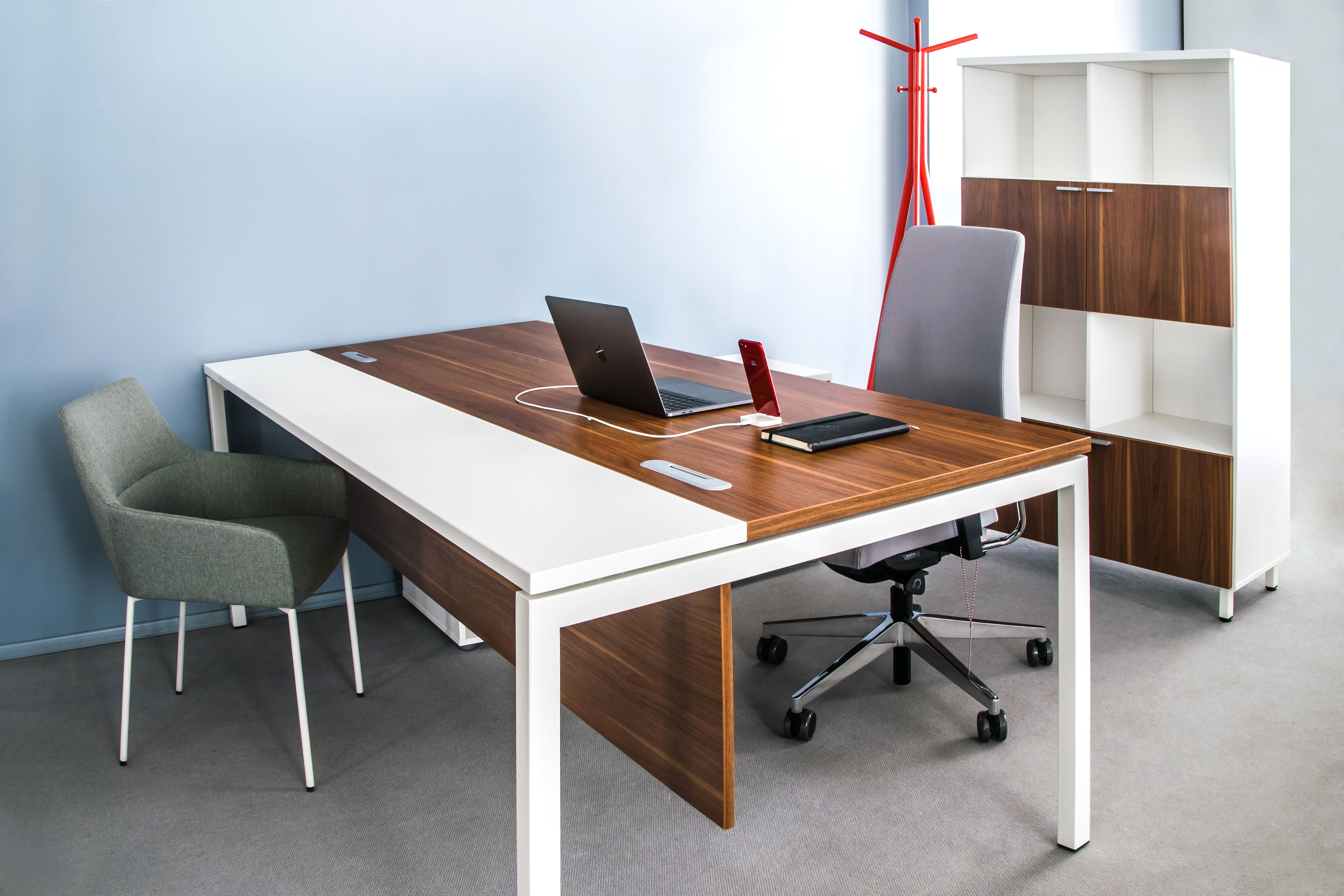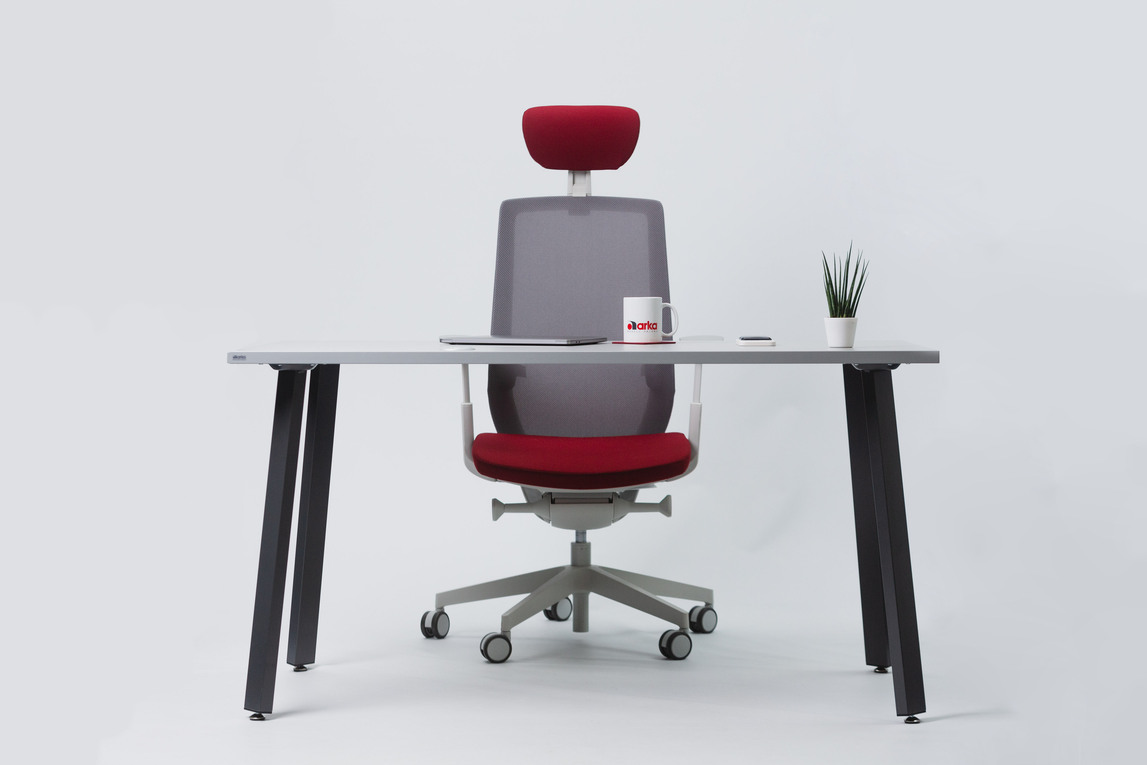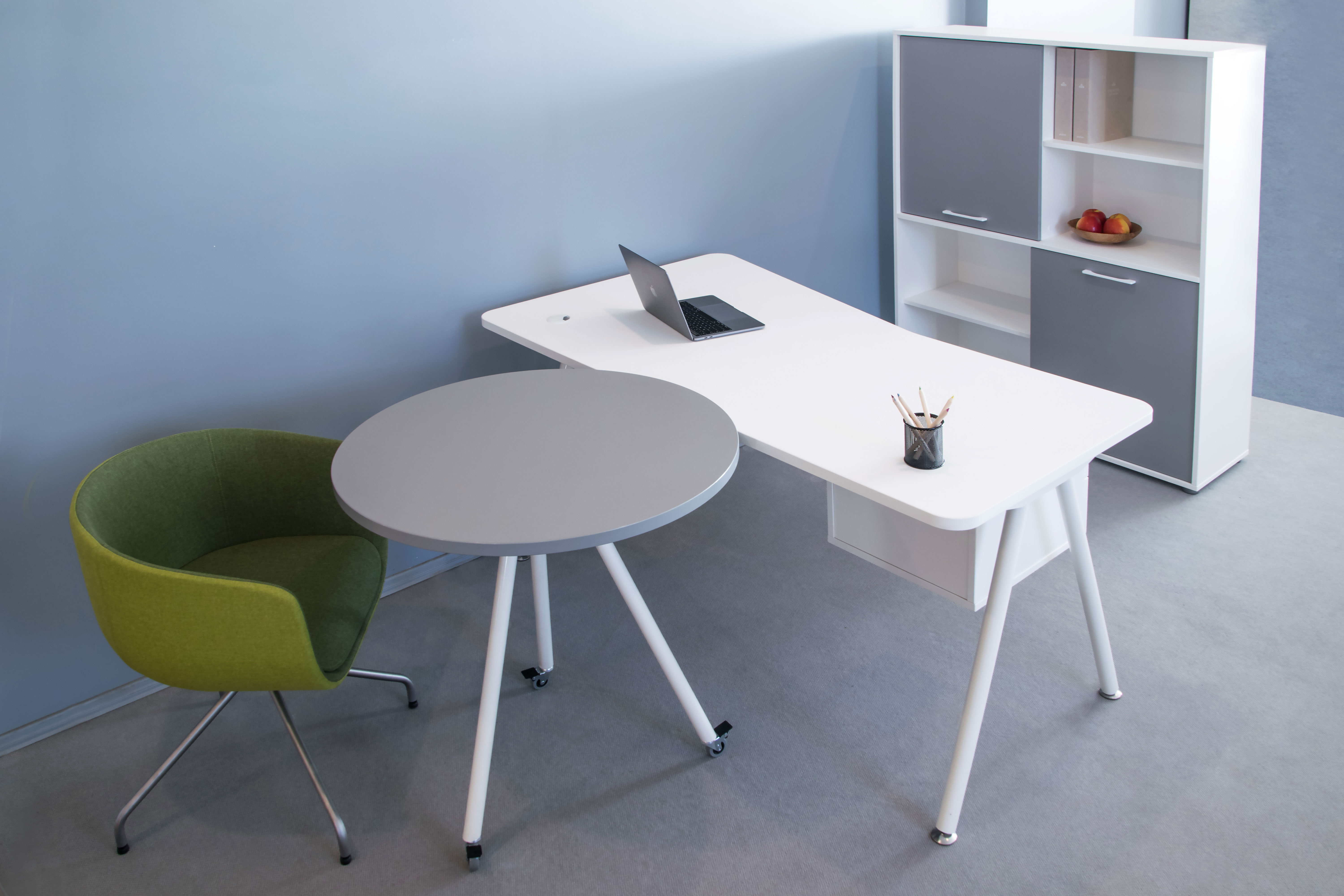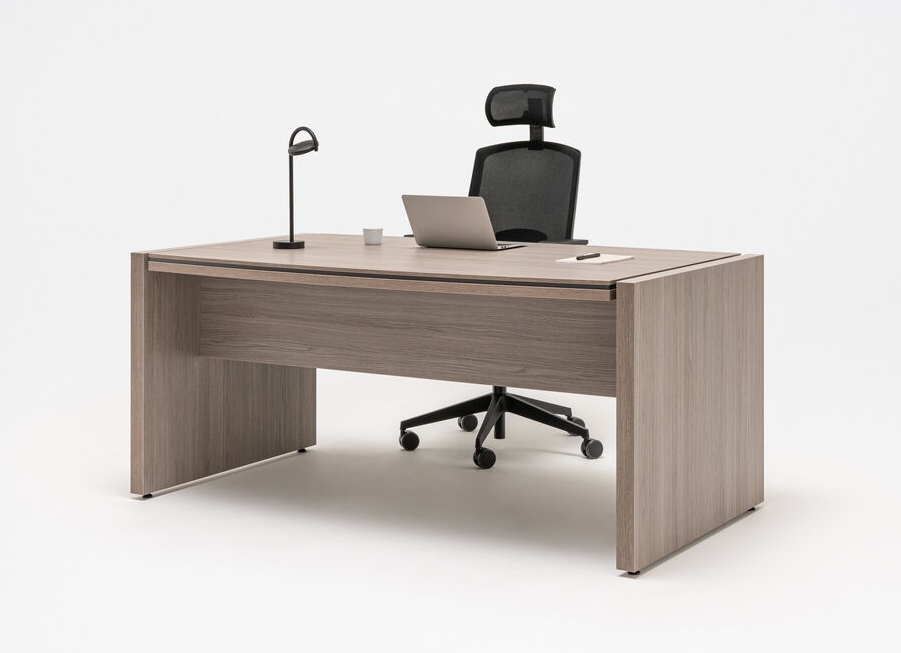Work desks are an indispensable element in any workspace – whether in offices, educational institutions, or medical facilities. They are not only the central piece of the workplace but also a significant factor in employee productivity and ergonomics. "Salons Arka" offers high-quality work desks suitable for any public space.
Diverse Types of Work Desks
When choosing work desks, it is crucial to tailor them to the specific work environment and needs. The range offered by "Salons Arka" includes:
Office desks: Ideal for daily tasks, providing ample space for documents and equipment.
Executive desks and office writing desks: A versatile solution for both executive offices and shared spaces.
Computer desks: Specifically designed for technology use, equipped with cable management solutions.
Height-adjustable desks: Ergonomic and promote a healthy working posture thanks to adjustable height.
Functionality and Practical Solutions
Modern work desks combine design and functionality to enhance workspace organization and efficiency.
Cable baskets keep cables tidy, avoiding clutter under the desk.
Desk dividers provide privacy, especially important in open-plan offices.
Power outlets offer convenient access to electrical devices, ensuring uninterrupted workflow.
Additionally, work desk designs can include various surface shapes – rectangular, L-shaped, or even U-shaped – depending on the layout and requirements of the space.
Material Quality and Aesthetics
One of the best materials for work desk surfaces is laminate. It stands out for its durability, easy maintenance, and aesthetic appeal. Laminate surfaces are available in various colors and textures, allowing you to find a solution for any interior concept.
How to Choose the Right Work Desk
When selecting work desks, several factors should be considered:
Ergonomics: The importance of proper desk height and surface size is critical for maintaining employee health and productivity.
Space size and layout: L-shaped and U-shaped desks are an excellent choice for large spaces, while compact office desks are better suited for smaller areas.
Additional features: Storage options, such as shelves or drawers, can be crucial.
Salons Arka – Your Trusted Partner
"Salons Arka" offers not only work desks but also comprehensive solutions for setting up work environments. The company provides high-quality products, professional consultations, and a full-service approach, including delivery and installation.
Choose "Salons Arka" work desks to create an ergonomic, organized, and stylish work environment that promotes productivity and employee well-being.




